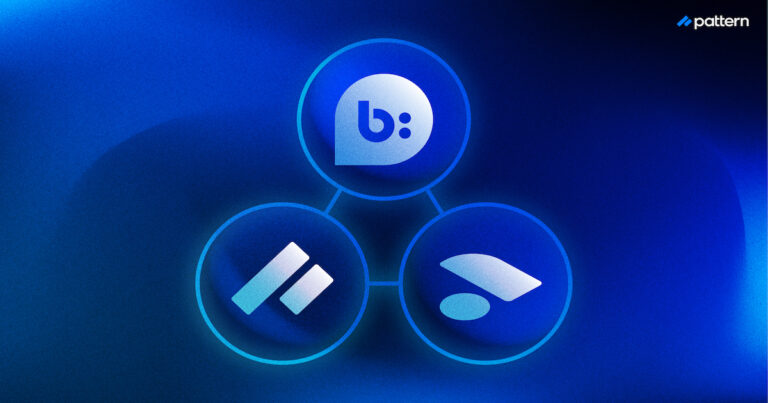Following the temporary closure of many physical stores and operating restrictions across Europe, shoppers have headed online in far greater numbers to research and complete their purchases. Consumer brands are seeking new online routes to market to capitalise on this, and it’s raised the question of whether they should focus on D2C or marketplaces in Europe.
Some retail categories have shown higher shifts to online shopping than others during lockdown, and it’s increasingly clear that part of this shift will be permanent.
Below we make the case for selling through each channel, outlining the role each plays as part of your overall ecommerce strategy.
The acceleration of D2C during lockdown
We’ve seen increased investment in direct-to-consumer (D2C) websites from consumer brands who want to be masters of their own destiny.
A D2C website gives customers confidence that they are buying authentic products, and can allow brands to offer extended warranties and other after-sale value add services to customers, such as product repairs and accessories.
One example of a brand who has prioritised D2C instead of marketplaces for this reason is Birkenstock. The footwear brand decided to end it’s relationship with Amazon in Europe in a bid to maintain its brand integrity; due to concerns around counterfeits and unauthorised sellers.
Birkenstock was able to do so as it had already built a D2C presence in Europe to enable end-to-end customer relationships that were not possible with a wholesale model.
Customers can need additional support at all stages of the customer journey and D2C sites allow brands to directly engage with their customers, which has been particularly important when physical stores have been closed. Our D2C Report highlights more of the areas where brands’ ecommerce sites can add value in the customer journey.
Brompton Bicycle has enabled personal shopping using video demonstrations on its D2C site, so that potential customers can view products and ask questions before completing an online purchase.
Another that has succeeded without engaging with marketplaces is UK-based Gymshark. The D2C-only gymwear brand has just taken outside investment that values the business at over $1 billion, and has chosen to sell only via its own website.
Gymshark’s strong brand positioning and reliance on social influencer marketing through its team of brand ambassador “athletes” has allowed it to reach consumers across Europe without needing wholesale distribution channels.
The downside of D2C in Europe is that it requires the setting up and trading of ecommerce sites in multiple currencies and languages, if you want to maximise your audience. These complexities can be compounded by the operational requirements of delivering to end customers in multiple countries.
The case for marketplaces
When debating the case for D2C or marketplaces in Europe, there’s no denying the market share that sites such as Amazon and eBay hold can appear compelling.
A recent report revealed that Amazon’s share of the UK ecommerce market rose to 35% during lockdown, with its attractive delivery proposition, high levels of product availability and low prices acting as key purchase drivers for consumers.
Such a ready-made audience and having Amazon’s fulfilment capability to get product to customers across the continent can seem compelling for a brand looking to quickly increase online sales. It’s why brands turn to Pattern to act as their authorised Amazon Seller in Europe.
However, to maximise marketplace sales on Amazon in Europe youself, your brand will still need to localise product content and marketing for each European instance of the site. From 2021 onwards, you’ll also need to supply product to Amazon’s distribution centres in both the EU and UK to get Europe-wide coverage.
Also, Amazon isn’t the only marketplace that counts. Several major European countries have their own marketplaces that receive significant traffic too – Otto and Real in Germany, CDiscount in France, Bol in the Netherlands and Allegro in Poland. It may be necessary to list products on some or all of these to reach your target audience.
D2C or Marketplaces in Europe – a multichannel approach
Although every brand’s ecommerce needs are different, brands should consider assessing the costs and resource attached to each channel to choose the approach that best fits their overall strategy. In time, a brand may decide to adopt both.
As more shoppers demonstrate an increase in channel-agnostic purchase preferences, a multichannel approach captures a larger slice of the traffic for more widely distributed products.
Toy brand LEGO has increased its spend on Amazon search advertising, acknowledging the significant proportion of European consumers who begin their product searches on the marketplace. Its Amazon store also acts as a landing page for other digital marketing channels such as Facebook.
Meanwhile, for brand fans who are much more engaged with the brand, LEGO’s D2C site provides a best-in-class customer experience and value proposition.
Unlike China or the USA, marketplaces in Europe do not have a majority share of total online sales. For the right brands and products, D2C sites can drive a volume of sales, in addition to being a point of service for customers.
For support with launching or optimising specific online channels such as your D2C site or marketplaces, don’t hesitate to get in touch here.



